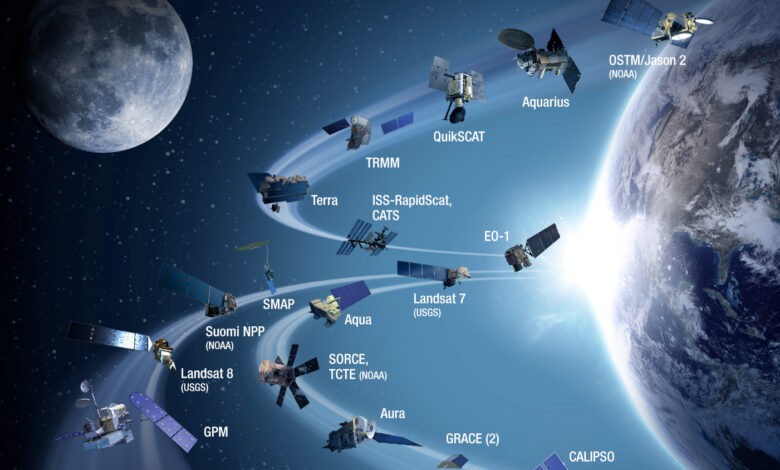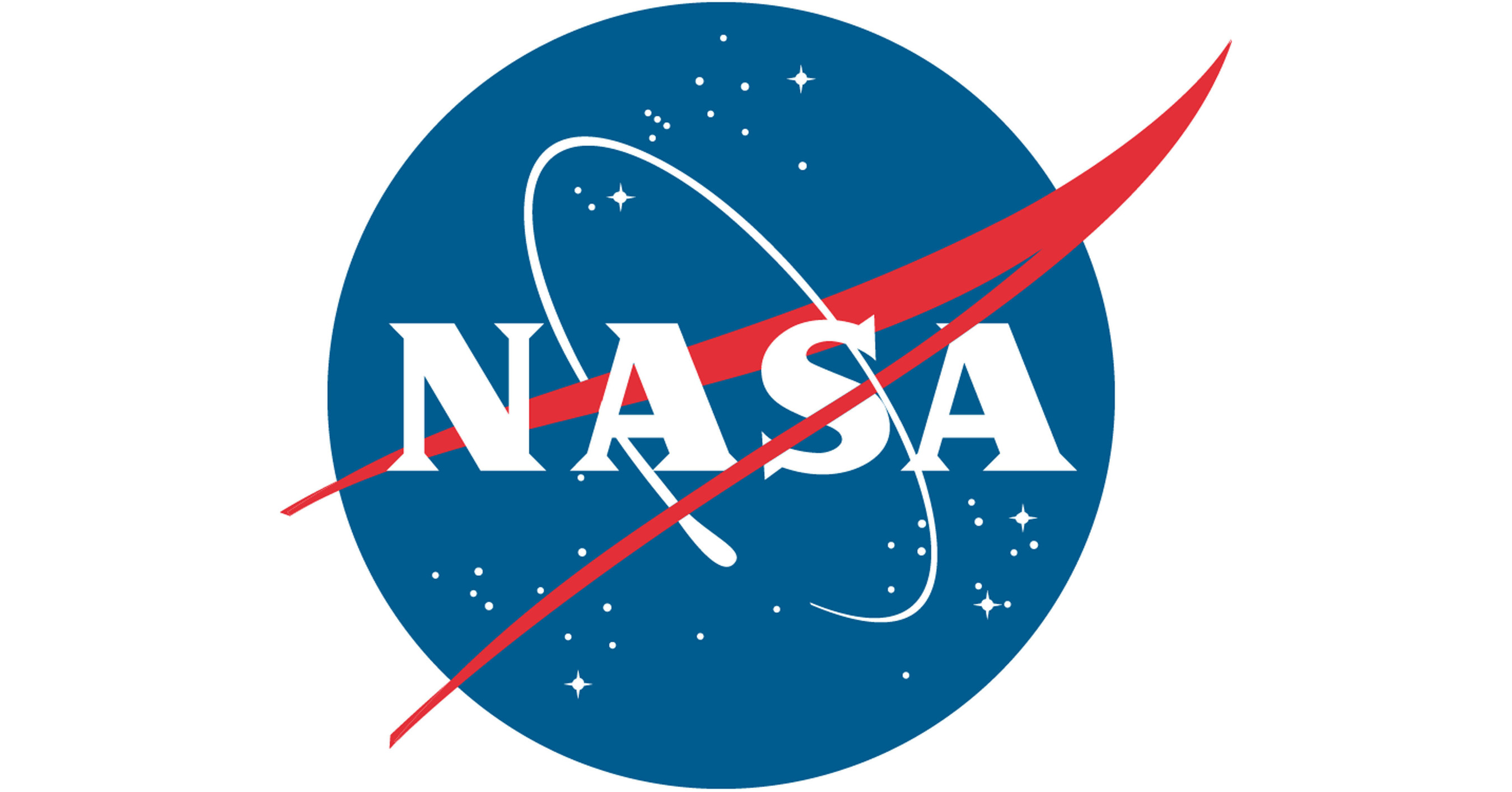
NASA‘s Cape Canaveral Space Launch Complex launch an orbiting probe for looking for evidence of the Solar System’s early days.
The Lucy probe will go into Jupiter’s orbit to study an asteroid running in swarms behind Jupiter.
The objects were left over after the planets formed, according to NASA scientists.
These trojans hold valuable insight into how the Solar System evolved in its early phases.

Cape Canaveral Space Force Station in Florida lifts off on schedule at 05:34 EDT (09:34 GMT; 10:34 BST) onboard an Atlas-V rocket.
Since the discovery of the Lucy fossil, human origins and evolution have altered.
NASA has allocated $981 million (£720 million) for the mission over 12 years, and it will visit 7 Trojan planets during this time.
An African fossil specimen named Lucy reveals a lot about the origins of our species. The name of this new Nasa mission is derived directly from that origins story; only the fossils sought are hundreds of millions of km away and circling Jupiter simultaneously.
Helen’s investigator at the Southwest Research Institute (SwRI) in Boulder, Colo., Hal Levison, explained that the Trojan asteroids lead Jupiter in its orbit by about 60 degrees.
As something is put there early in the history of the Solar System, it will stay there forever, and this is what planets are made of,” he told reporters.
Asteroids in our Solar System are just one of Nasa’s missions.
Lucy will study massive (and even city-sized) objects using its instrumentation, documenting their shape, structure, surface characteristics, composition.
The trojans may have formed at the same distance from the Sun as Jupiter’s moons if they are made of similar materials.

Dr. Carly Howett, the mission scientist for SwRI, says that if they’re made up of the things we see far out in the Kuiper Belt, it indicates they formed out there and then were pulled.
NAS is designed as a test of our models. We have the theory that they tossed gravity-driven objects out early in Solar System history and threw others in. And the evidence points to this billiard ball theory, but this mission will confirm it.
A series of navigational calculations led to the mission plan.
Dynamically, it can visit both Trojan swarms if the probe makes periodic flybys of Earth.
In 2027/28, Lucy encountered a leading group of Trojans, followed by a tour of a trailing group in 2033. It will amount to about six billion kilometers (four billion miles).
Swarm leader:
Moon in August 2027 – Eurybates and Queta
The year 2027 is the year of Polymele
Inauguration of the 28th Lucus
November 2028 – Orus
Swarm in the rear:
March 2033 – Patroclus and Menoetius
Asteroid in the central belt:
The year 2025 will be the last year for Donald Johanson.
Choosing this trajectory is a great decision since we can continue to make loops through the swarm as the spacecraft is in good condition. Coralie Adam of KinetX Aerospace provides navigation support for the mission.
The trojans are Lucy’s mission, but she will visit an object called Donald Johanson, named after the palaeoanthropologist who found the Ethiopian fossil skeleton in 1974.
There is a funding commitment of 12 years for the 1.5-tonne Lucy spacecraft NASA.

As with the New Horizons mission, which flew by Pluto for the first time in 2015, the new spacecraft shares a lot of engineering heritage with that mission.
The main instruments on New Horizons are updated on Lucy.
The wings measure 7 meters in diameter. Spacecraft’s systems require energy to function at Jupiter’s orbit, which is a much darker place.
Katie Oakman from Lockheed Martin explained that when we are near Earth, the wings produce 18,000 watts of power. That would be enough to power my house.
However, Lucy only has 500 watts of power while flying out to the trojan asteroids. That’s not enough power to warm up my coffee in the morning, not even to light a few lights.” she said.
For Lucy’s instruments, 82 watts are all they need.
The NASA asteroid study program is now entering its second phase with the launch of Lucy.
As I type, Osiris-Rex, the agency’s mission is carrying samples to Earth from an object, Bennu, which is on its way home.
Psyche is a metal asteroid that Nasa will launch next year.
Scientists now understand asteroids, and I expect a leap in our understanding, says Dr. Thomas Zurbuchen.
Asteroids come in various types, so we have to measure to find their populations.
In November, we’re launching a Dart mission to see how much momentum can be imparted to a threatening object. Hera will follow, and we’ll monitor hers to see how long momentum carries,” said the mission chief.
Article Proof Read & Edited By Shreedatri Banerjee






